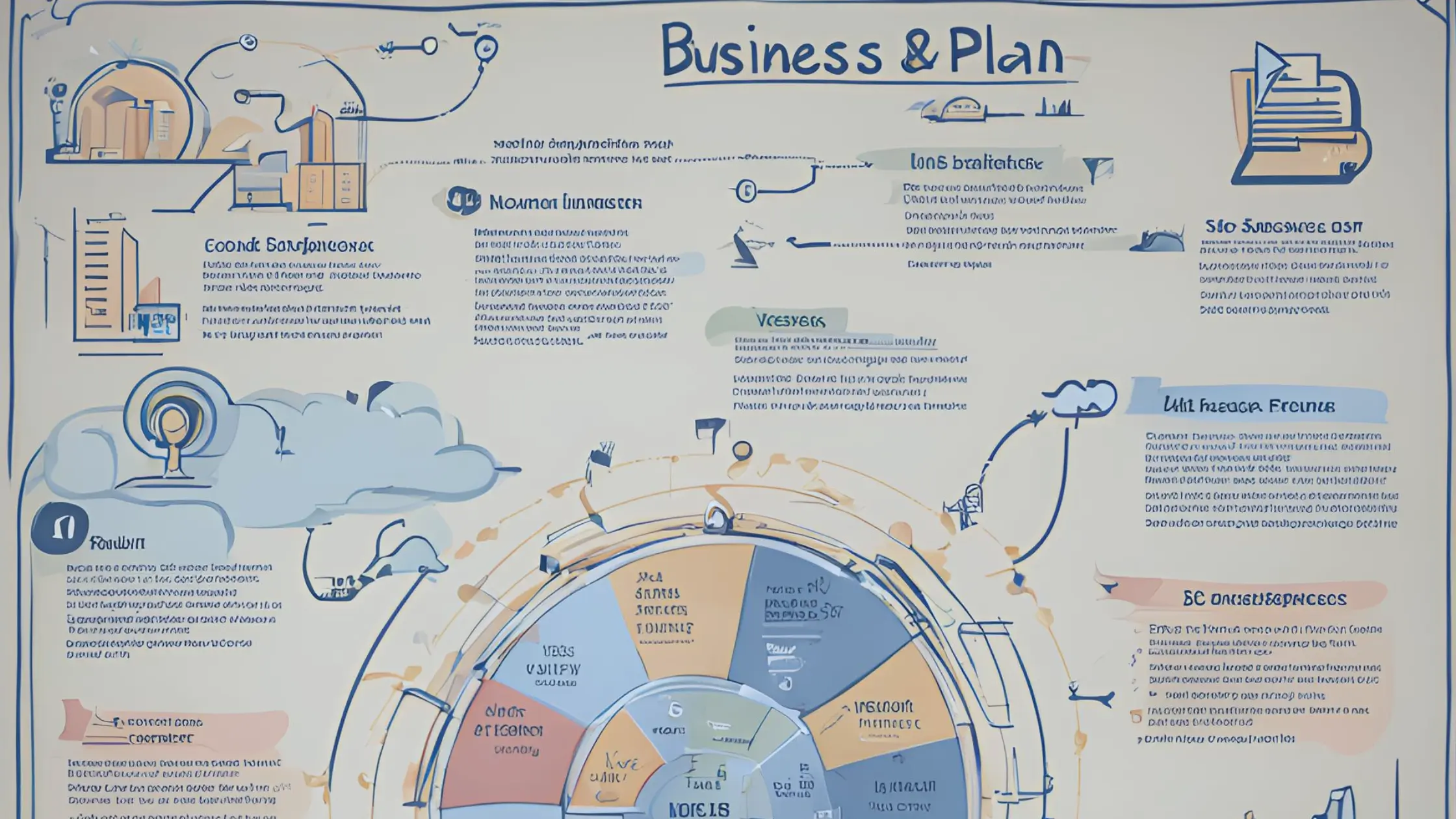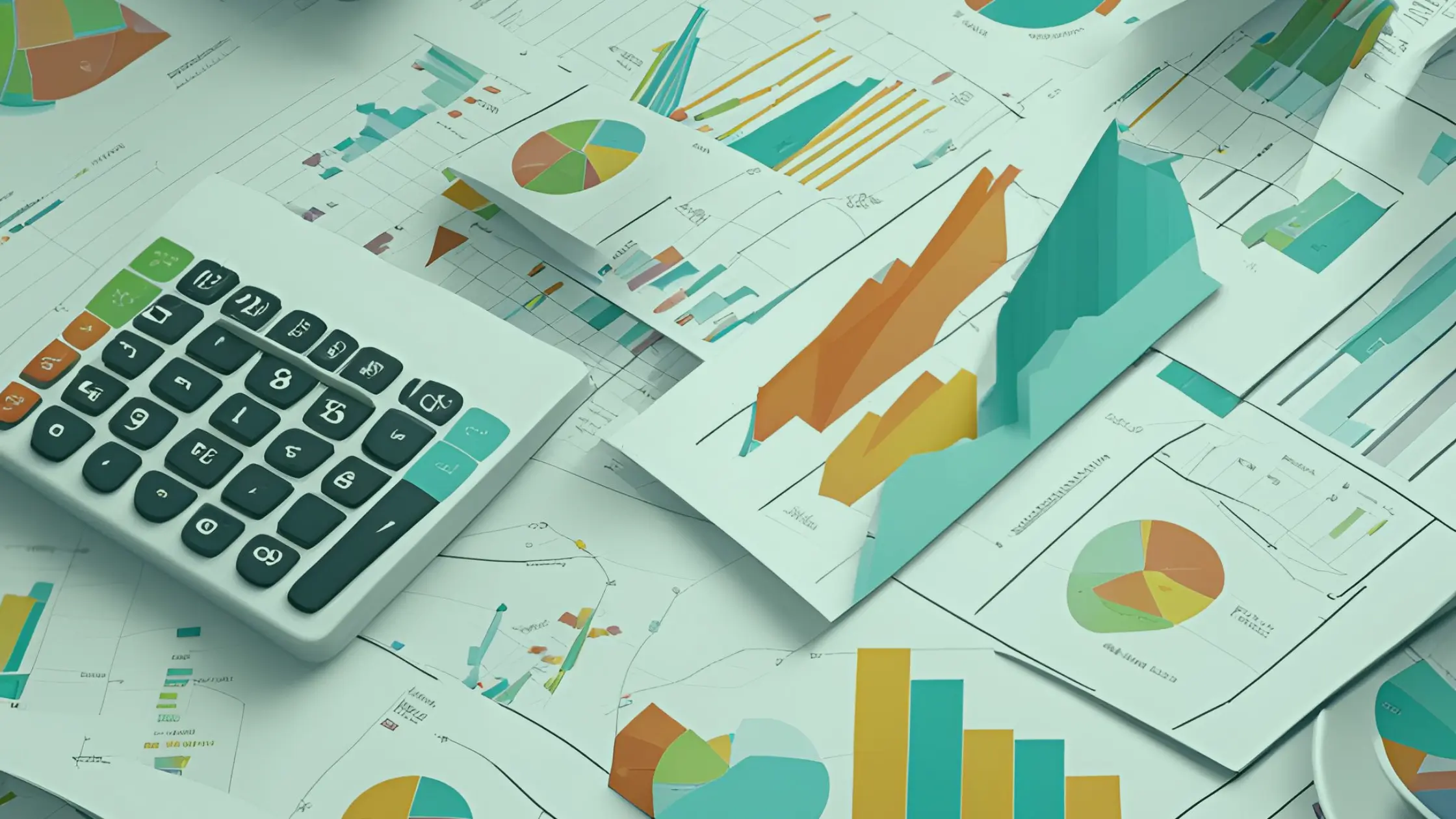Business Plan Definition

What is a Business Plan?
A business plan definition is a document that spells out in detail what a company wants to do and how it plans to do it. A business plan is a written plan for how the business will market itself, make money, and run. Business plans are used by both new and old businesses.
A business plan is an important document that is written for both people outside and inside the company. For example, a business plan is used to get people to invest in a company before it has a track record. It can also make it easier to get loans from banks and other financial institutions.
A business plan can also help keep the executive team of a company on the same page about strategic action items and on track to meet goals.
Even though they help new businesses the most, every business should have a business plan. The plan should be looked at and changed on a regular basis to reflect goals that have been met or that have changed. A new business plan definition is sometimes made for a business that is already up and running but wants to go in a different direction.
Understanding Business Plans
As a business plan definition is one of the most important things a new business should have before it starts up. In fact, banks and venture capital firms usually want to see a good business plan before they decide to give money to a new business.
Most of the time, it’s not a good idea to run a business without a plan. In fact, few businesses can stay in business for long without one. There are reasons to make a good business plan and stick to it. Some of these skills are being able to think through ideas before putting a lot of money into them and figuring out how to get around potential problems.
A good business plan should list all the costs and problems that could come from each choice a company makes. Even among competitors in the same field, business plans are rarely the same.
But they can all have the same basic parts, like a summary of the business and detailed explanations of how it works, what products and services it offers, and how much money it expects to make. A business plan also says how the company plans to reach its goals.
The plan should give a general overview and, if possible, specifics about the business’s industry. It should say what makes the business different from its competitors.

Important: It’s a good idea to give as many details as possible, but a plan should also be short so that the reader stays interested until the end. Know more about BznsBuilder features and how they can help you
Components of a Business Plan
The length of a business plan is very different from one company to the next. Think about putting the most important information on 15 to 25 pages. Then, important parts that take up a lot of space, like patent applications, can be linked-to to the main document and added as appendices.
As we’ve already said, no two business plans are alike. Still, they have a lot of the same things. Some of the most common and important parts of a business plan are listed below.
- Executive Summary: This section outlines the company and includes the mission statement along with any information about the company’s leadership, employees, operations, and location.
- Products and services: Here, the company can outline the products and services it will offer, and may also include pricing, product lifespan, and benefits to the consumer. Other factors that may go into this section include production and manufacturing processes, any patents the company may have, as well as proprietary technology. Information about research and development (R&D) can also be included here.
- Market analysis: A business needs to know a lot about its industry and the people it wants to sell to. In this part of the plan, a company will talk about its competitors and how it fits into the industry, as well as its strengths and weaknesses. It will also talk about how many people are likely to buy a company’s products or use its services and how easy or hard it might be to take market share from companies that are already there.
- Marketing strategy: This part talks about how the company plans to get customers and keep them, as well as how it plans to reach the consumer. There must be a clear plan for how the product will be sold. The section also describes plans for advertising and marketing campaigns and the kinds of media that will be used for those campaigns.
- Financial planning: This section should talk about how a company plans to make money and what it expects to make. For businesses that have been around for a while, financial statements, balance sheets, and other financial information may be included. Targets and estimates for the first few years of a new business, as well as a description of possible investors, will be included in the business plan.
- Budget: Every business needs to have a set budget. This section should list the costs of hiring, developing, making, selling, and marketing, as well as any other business costs.

Tip: The best business plans aren’t ones that are made from templates that are easy to find. A business should get people interested in its plan by showing how it is unique and could be successful.
Types of Business Plans
Business plan by definition help companies figure out what their goals are and make sure they stay on track to reach those goals. They can help businesses get started, run well, and grow once they are up and running. They also help to get lenders and investors interested in your business.
Even though there is no right or wrong business plan, they can be either “traditional” or “lean startup.” The traditional business plan is the most common one, say the locals and most banks. Each part of it has a lot of information. These tend to be longer and take more work than the lean startup plan.
On the other hand, lean startup business plans are shorter and focus on the most important parts. These plans aren’t as common in business because they are short—as short as one page—and don’t have much information. If a business uses this kind of plan, it should be ready to give more information if a lender or investor asks for it.
Things to think about
Financial Projections
A full business plan by definition must include a set of financial projections for the business. These financial statements that look into the future are often called “pro-formas” or just “proformas.” There is an overall budget, a list of the company’s current and expected financing needs, a market analysis, and a marketing plan.
Other Things to Think About in a Business Plan
A business plan’s main purpose is to give owners a clear picture of their business’s goals, objectives, resources, possible costs, and downsides. A business plan should help them change their plans before they put their ideas into action. It also lets business owners figure out how much money they will need to get their businesses up and running.
If the business has any interesting parts, they should be brought out and used to get funding, if that’s what’s needed. For example, Tesla Motors’ business of selling electric cars started out as little more than a business plan. Check this interesting article about The Secret Tesla Motors Master Plan
A business plan shouldn’t be a document that doesn’t change. The business plan should also grow and change as the business does. An annual review of the business and its plan lets the owner or group of owners change the plan based on successes, failures, and other new information. It gives you a chance to figure out how well the plan will help the company grow.
Think of the business plan as something that changes as your business does.
What Is a Business Plan?
A business plan is a document that a company makes that explains its goals, operations, position in the industry, marketing goals, and financial projections. It can help with running the business because of the information it has. Also, it can be a great way to find investors and get money from banks and other financial institutions.
How Do I Develop a Business Plan?
A well-thought-out and well-written business plan may be of immense benefit to a firm. While there are business plan templates available, you should avoid drafting a generic document.
Start with an executive summary, business overview, market analysis, product or service description, marketing plan, financial predictions, and appendices (for documents that support the main sections). Your plan may include any financial requests you make. Keep the body of your strategy to around 15 to 25 pages.
What is Included in a Lean Startup Business Plan?
The lean startup business plan is one way for a company to explain its business quickly. Since the company is just starting out, it might think it doesn’t have much information to share.
Sections can include a value proposition, a list of the company’s main activities and advantages, a list of its resources, such as staff, intellectual property, and capital, as well as a list of its partnerships, customer segments, and sources of income.







